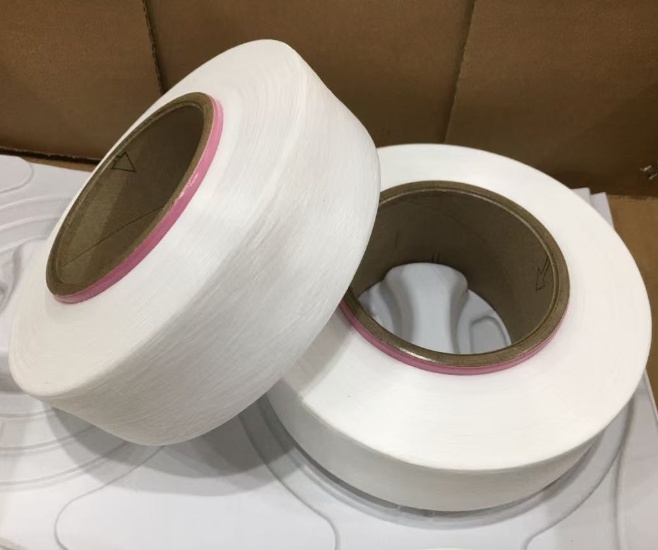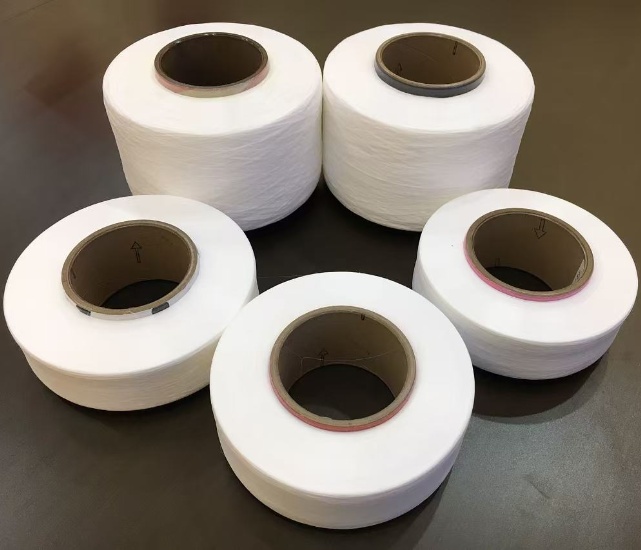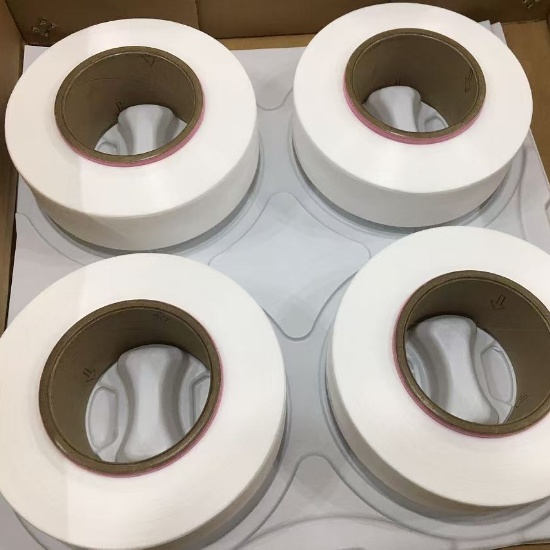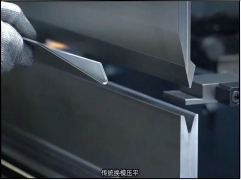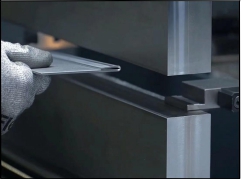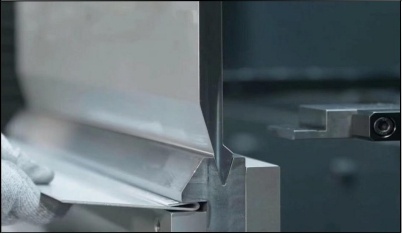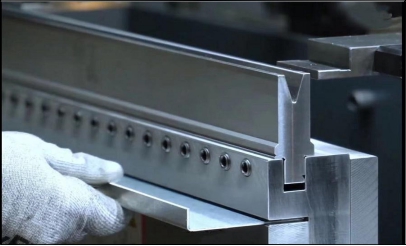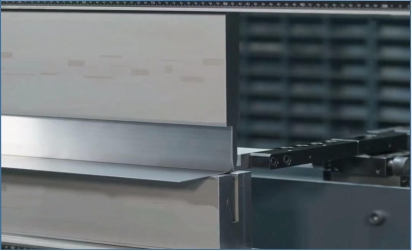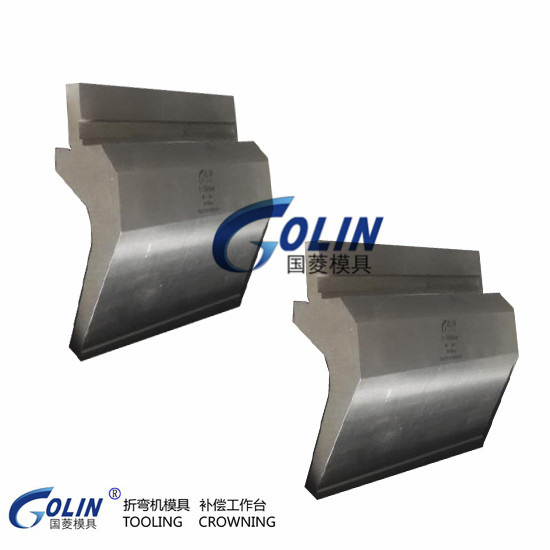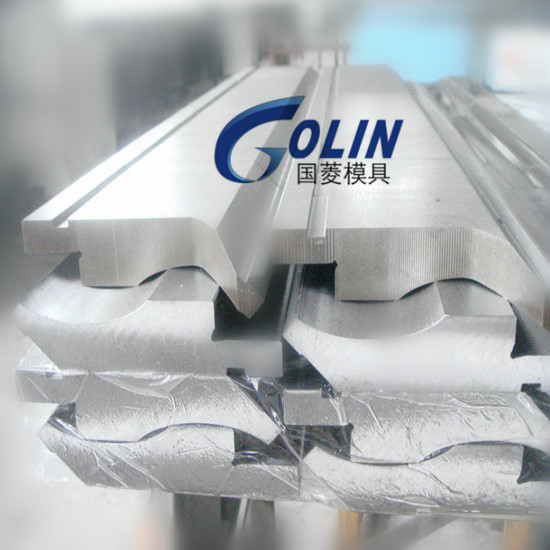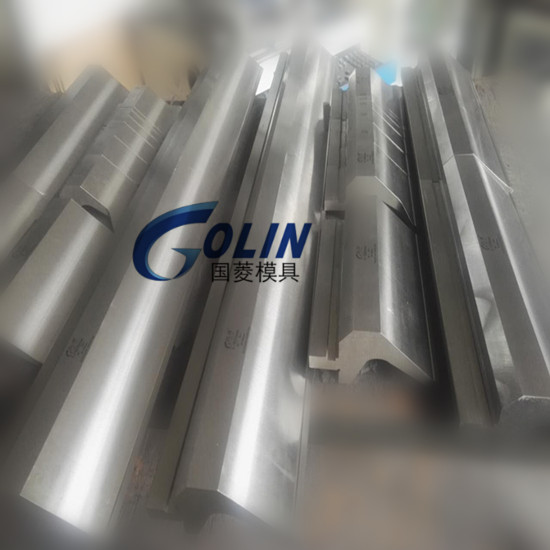What are the upper and lower tools of the press brake ? Let's see how the tools are classified
1. The press brake tools include L-shaped, R-shaped, U-shaped, and Z-shaped press tools.
2. The upper tool of the press brake has different angles of 90 degrees, 88 degrees, 45 degrees, 30 degrees, 20 degrees, and 15 degrees. The lower tool is generally divided into 400mm, 200mm, 100mm, 50mm, 40mm, 20mm, 15mm, 10mm, totaling 835mm.
3. The lower tool of the press brake has 4~18V double groove and single groove, with different groove widths, as well as R lower tool, sharp angle lower tool, flattening tool, etc.
4. The upper and lower tools are divided into sections and overall: the upper tool is generally divided into 300mm, 200mm, 100mm, 100mm, 50mm, 40mm, 20mm, 15mm, 10mm, and the overall size is 835mm.
Six characteristics of press brake tools
1. The press brake tool is made of steel and undergoes special heat treatment. It has the characteristics of high hardness, low wear resistance, and high pressure resistance. But each set of tools has its ultimate pressure: tons per meter. So when using a tool, the length of the tool should be selected, that is, how much pressure should be added per meter, and the pressure should not exceed the pressure indicated on the tool.
2. In order not to damage the tool, we stipulate that upper and lower tools with a length greater than 300mm must be used for the origin. After the origin correction, upper and lower tools of the same height can be used. It is strictly prohibited to use separated small modules to execute the origin, and the origin must be based on the origin pressure inside the AMADA machine.
3. When using tools, due to the different heights of various tools, tools of the same height can only be used in the machine, and tools of different heights cannot be used.
4. When bending sharp corners or pressing dead corners, choose 30 degrees, first bend the sharp corner, and then press the dead corner. When bending the R angle, the R upper tool and the R lower tool should be selected.
5. When bending a long workpiece, do not use a parting die to reduce the indentation of the tool. Instead, choose a single groove because the outer angle R of the V-shaped groove in the lower tool of the single groove is relatively large, making it difficult to generate indentation.
6. When selecting the upper tool, we should know all the parameters of the tool and then decide what to use based on the shape of the product we need to shape
Get more press brake tooling from www.cngolin.com.
